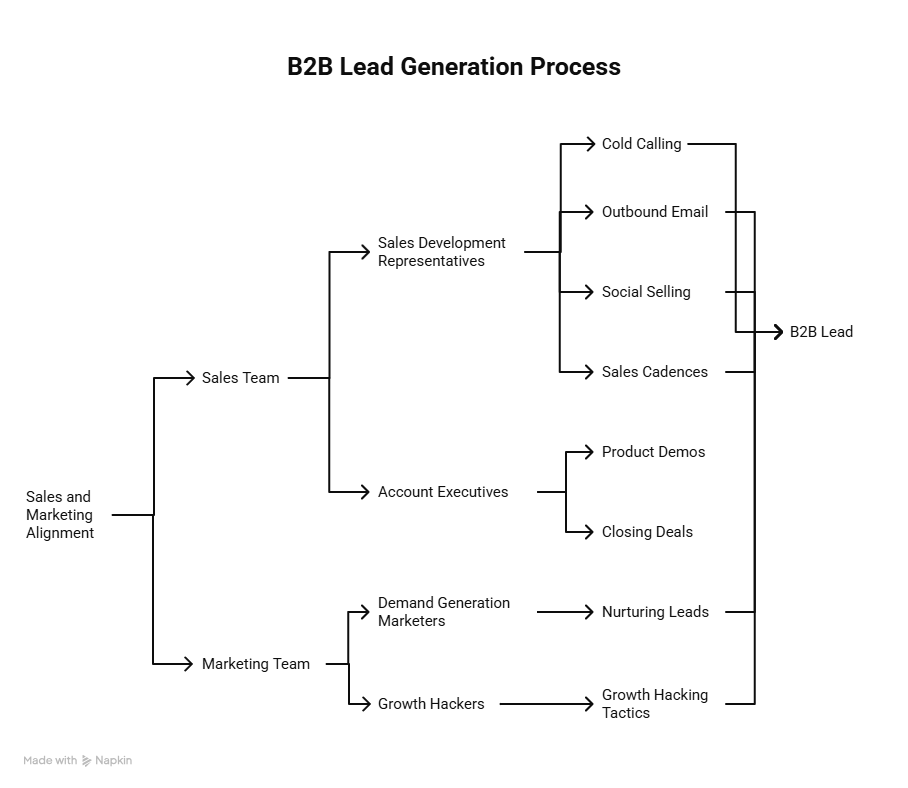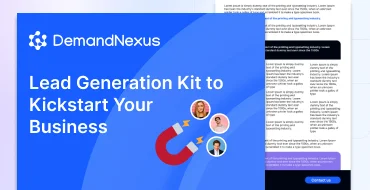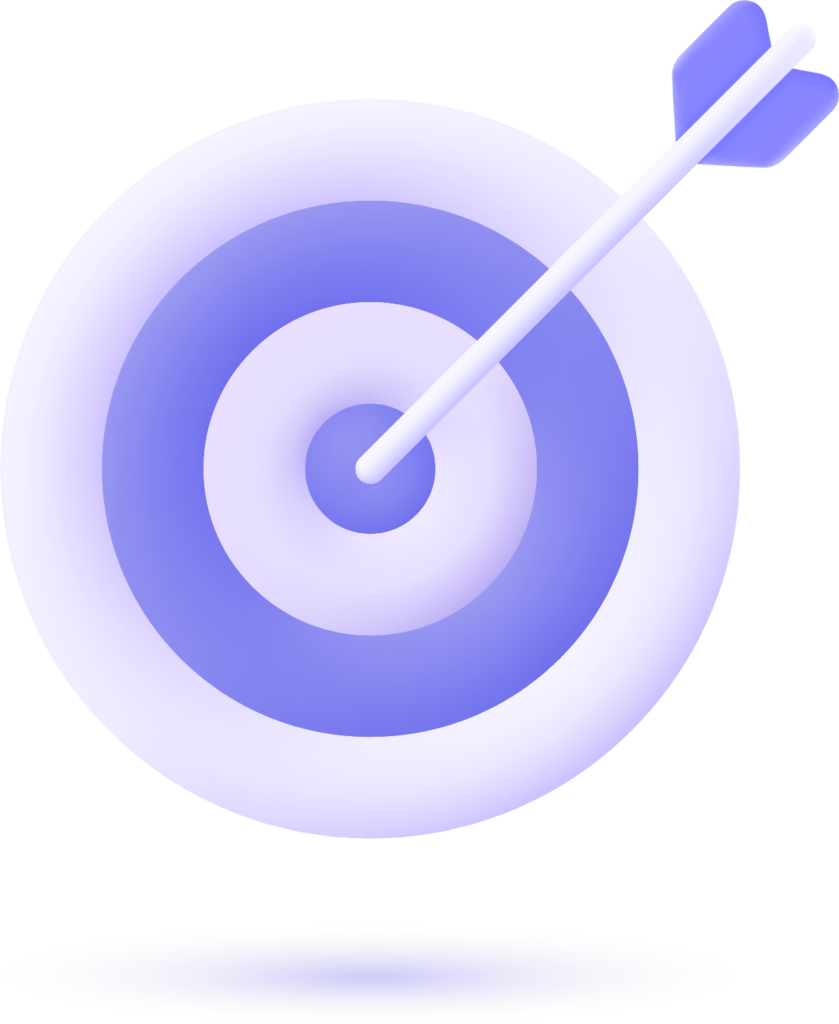What is B2B Lead Generation?
B2B lead generation is the process of identifying potential business customers—those most likely to benefit from your product or service—and engaging them through targeted marketing and sales efforts. It’s about creating a predictable, scalable system to fill your pipeline with qualified leads, such as marketing-qualified leads (MQLs) and sales-qualified leads (SQLs). MQLs show interest through actions like downloading a whitepaper, while SQLs demonstrate purchase intent, such as requesting a demo. The goal? Build relationships that drive revenue.
At DemandNexus, we help businesses streamline this process by leveraging advanced prospecting tools and data-driven sales prospecting techniques to connect with decision-makers efficiently.
Why B2B Lead Generation Matters
A robust lead generation strategy fuels business growth by:
- Expanding your total addressable market (TAM): Identifying untapped opportunities within your niche.
- Enhancing brand visibility: Positioning your business as a trusted authority through targeted content.
- Driving revenue: Converting high-quality leads into paying customers.
- Optimizing sales efficiency: Equipping teams with accurate data to shorten sales cycles.
Without a steady flow of leads, even the most polished B2B sales strategy falters. That’s why aligning marketing and sales efforts is critical for success.
Key B2B Lead Generation Strategies
Let’s explore proven tactics to attract and convert leads, with a focus on semantic alignment to related concepts like demand generation, prospecting, and account-based marketing (ABM).
1. B2B Email Lead Generation
Email remains a powerhouse for B2B lead generation, offering a direct, personalized way to engage prospects. Effective email lead generation involves crafting tailored messages that address pain points and include clear calls-to-action (CTAs). For example:
- Segment your audience: Use CRM data to target specific industries or job roles.
- Leverage automation: Tools like HubSpot or Marketo streamline outreach with drip campaigns.
- Optimize for deliverability: Avoid spam triggers and maintain a clean email list.
Pro tip: Combine email with LinkedIn lead generation for a multi-channel approach, increasing response rates.
2. Lead Generation for Tech Companies
Tech companies, particularly SaaS providers, face unique challenges due to competitive markets and complex buyer journeys. Successful SaaS lead generation relies on:
- Content marketing: Publish in-depth guides, case studies, and webinars to showcase expertise.
- Free trials or demos: Offer low-risk ways for prospects to experience your product.
- Intent-based marketing: Use tools like Bombora to identify prospects actively researching solutions.
DemandNexus supports tech companies by providing B2B sales software tools that integrate seamlessly with your tech stack, ensuring precise targeting and faster conversions.
3. Account-Based Marketing (ABM)
ABM focuses on high-value accounts, delivering personalized campaigns to key decision-makers. By aligning sales and marketing, ABM drives higher ROI through:
- Ideal customer profiles (ICPs): Define your perfect customer based on firmographics and behavior.
- Custom content: Create tailored landing pages or whitepapers for specific accounts.
- Multi-touch outreach: Combine email, social selling, and cold calling to engage stakeholders.
Track ABM metrics and KPIs like engagement rates and pipeline velocity to measure success.
4. Social Selling and Content Marketing
Platforms like LinkedIn are goldmines for B2B lead generation. Social selling involves building relationships through thought leadership and engagement. Complement this with content marketing strategies such as:
- Blog posts: Optimize for SEO with keywords like “B2B sales strategy” or “lead nurturing.”
- Case studies: Highlight success stories to build credibility.
- Webinars: Host live sessions to capture leads and showcase expertise.
Ensure all content is mobile-optimized, as 40% of users abandon sites with poor mobile experiences.
Lead Generation Cost Analysis
Understanding the costs of B2B lead generation is crucial for budgeting and ROI optimization. Costs vary based on strategy, industry, and tools. Here’s a breakdown:
- Paid advertising: PPC campaigns on Google or LinkedIn can range from $5 to $50 per click, depending on competition.
- Email marketing tools: Platforms like Mailchimp cost $20–$300/month, while enterprise solutions like Marketo start at $1,000/month.
- Data providers: Services like ZoomInfo or Cognism charge $5,000–$50,000/year for high-quality B2B data.
- Appointment setting: Outsourcing to firms can cost $50–$200 per qualified appointment, as outlined in our appointment setting costs guide.
To control costs, focus on inbound strategies like SEO and content marketing, which offer long-term value. Regularly analyze B2B sales KPIs to ensure cost-effectiveness.
Technology to Supercharge B2B Lead Generation
Modern B2B lead generation relies on a robust tech stack. Key tools include:
- CRMs: Salesforce or Zendesk Sell to manage leads and track interactions.
- Automation platforms: Outreach or Salesloft for smart sales automation.
- Data enrichment: Tools like Clearbit to enhance lead profiles.
- Analytics: Google Analytics or Tableau to monitor campaign performance.
Integrating these tools creates a seamless workflow, from lead capture to conversion. Learn more about building the ultimate B2B sales tech stack.
How to Measure B2B Lead Generation Success
Track these metrics to evaluate your efforts:
- Conversion rate: Percentage of leads moving from MQL to SQL.
- Cost per lead (CPL): Total campaign spend divided by leads generated.
- Pipeline velocity: Speed at which leads progress through the sales funnel.
- ROI: Revenue generated versus campaign costs.
Use these insights to refine your demand generation metrics and optimize future campaigns.

Conclusion: Build a Winning B2B Lead Generation Strategy
B2B lead generation is a dynamic, multifaceted process that demands alignment between sales, marketing, and technology. By leveraging strategies like email campaigns, ABM, and content marketing, and by carefully analyzing costs, businesses can create a predictable pipeline that drives growth. Whether you’re a tech company seeking high-value clients or a startup aiming to scale, a data-driven approach is key.
Ready to up your lead generation game? Contact DemandNexus to discover how our customised solutions can speed up your success.



